Abearded man sits on a bus, knitting needles in hand. He's wearing a red polka-dot sweater, though you'd be forgiven for taking a second to "see" it. The jumper is the same color, motif and texture as the seat he occupies.
"It's what I call 'knitted camouflage,'" said photographer Joseph Ford, behind the new book, "Invisible Jumpers."
"His clothes are real but they blend seamlessly with the scene. You need a double take to figure it out," Ford said in a phone interview.
"Invisible Jumpers" is the result of a four-year project that saw the Brighton-based photographer dressing people, animals and even fruit in painstakingly detailed knitwear, each reflecting the colors and backgrounds of the places they're in.
There's a man wearing a checkered cardigan that matches a tiled wall behind him. A small dog bundled up in a green patterned cover that imitates a bush he's sniffing. A young girl on a swing in a pretty dress the same pink palette of the cherry blossoms around her. A banana "pretending" to be a watermelon.
For each photo, Ford worked with Nina Dodd, a professional knitter, also from Brighton, who spent hours -- anywhere between four to nearly 100 -- crafting sweaters to match his vision and the physical fabric of the different venues.
"Nina actually sparked the idea for the cover image," Ford said. "We first met for an unrelated series, and she showed me a sweater she'd knitted based on a bus seat. I thought it was visually brilliant. We set out to find a model and did that first composition." More followed.
Preparing for the pictures was a labor-intensive process. Ford set out to find interesting locations to shoot, then took photos of himself or someone else standing where he would like the real model to be. He also captured the spot empty, to get an idea of colors and textures, then drew what he wanted the jumper to look like in the photograph, to help Dodd plan what she would need to knit.
On more than one occasion, Dodd had to use a dozen shades of yarn for a single image. "The dog jumper and cherry blossom dress were particularly challenging for Nina," Ford said. "They involved a lot of color changes, stitches, knitting rows. But the final jumpers were amazing."
Shooting was also time-consuming. "To ensure the jumpers really blended, I'd have to repeatedly adjust the model's position and clothes," Ford said. "It could easily take half day to get the balance right."
The models included British DJ Fatboy Slim, who posed with a giant smiley face, Parisian graffiti artist Monsieur Chat and Spanish graffiti writer, painter and illustrator Popay, who both appeared with their own work.
"Optical illusions are fascinating," said Ford, who has been tweaking with the genre in different projects before.
"They make you look and think twice. At a time when our attention span is getting increasingly shorter, they demand your full focus. I like to take photos that have that effect on people, and really enjoyed using people to create that effect. The human element makes them all the more interesting."
Not that all of them are perfect trickeries: in some images, the knitted area is clearly visible, despite still matching with the background. For Ford, that was part of the point.
"Like most of my colleagues, I use Photoshop and CGI. For these pictures, I didn't, besides color balancing and such in post-production. It was crucial to me to have a slow, imperfect medium -- knitting -- as catalyst for the illusion. I wanted to use something real to form a fantasy.
Bütün xəbərlər Facebook səhifəmizdə

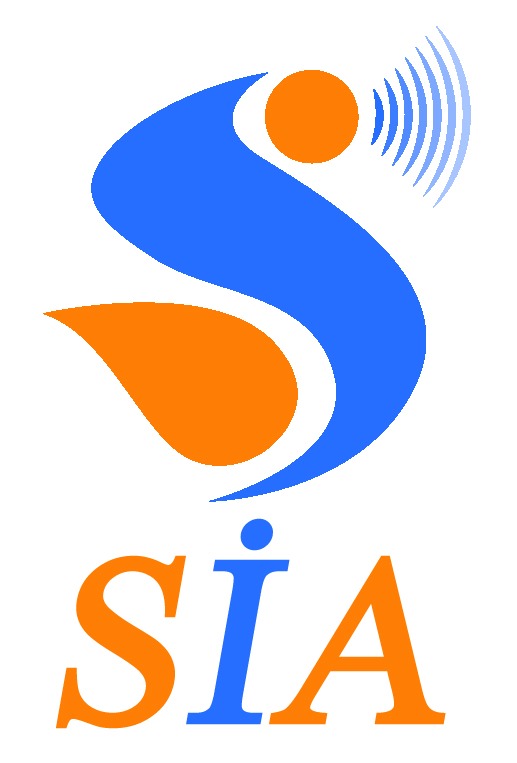

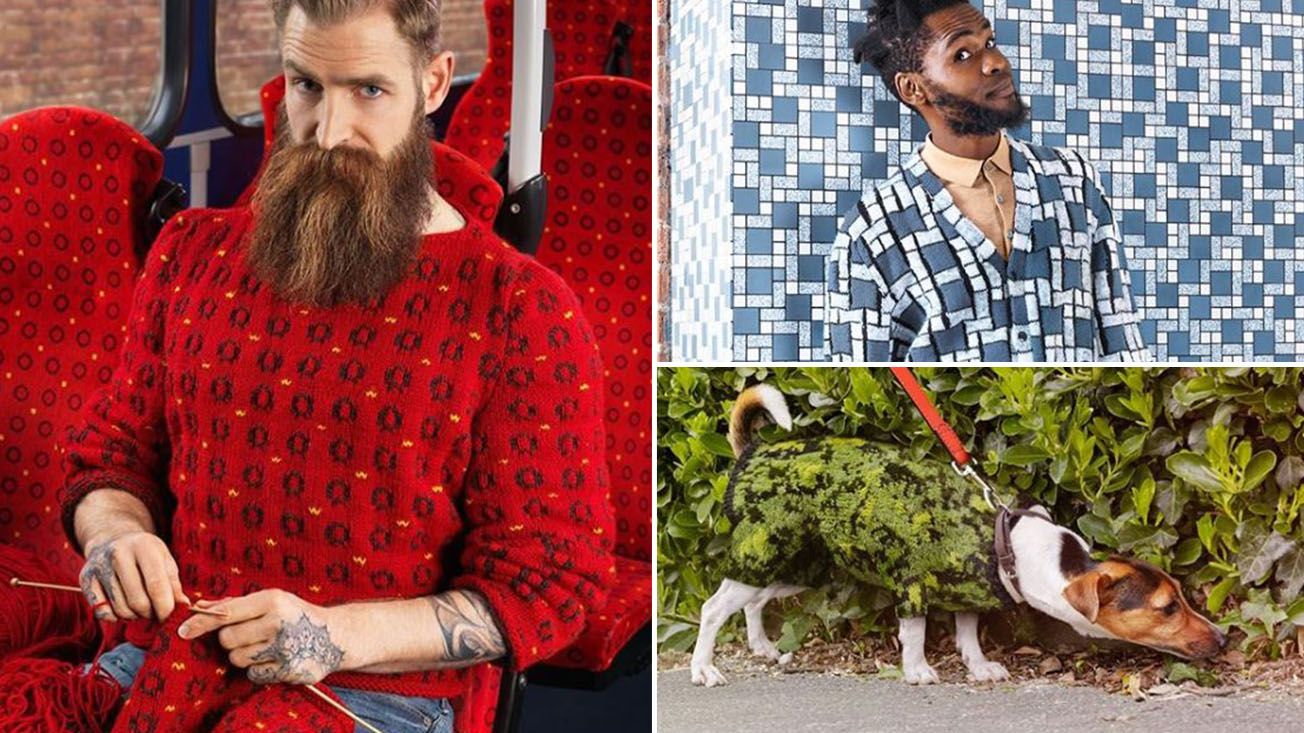
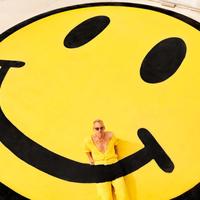
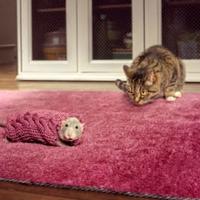
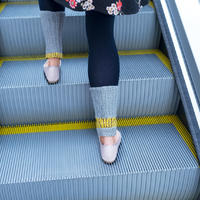
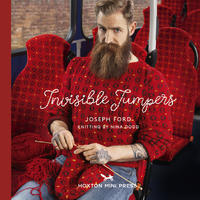
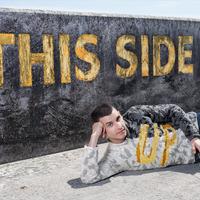
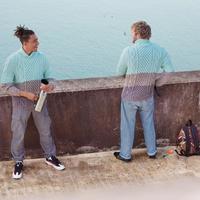
.jpg)


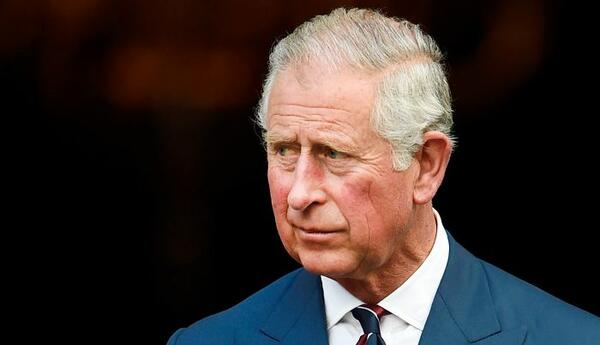
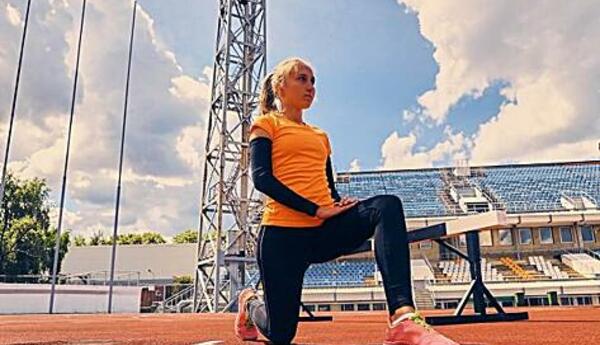
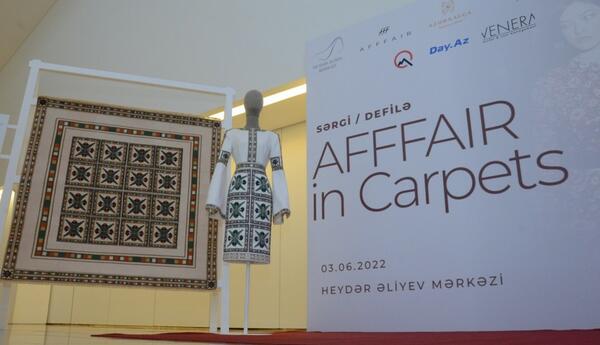
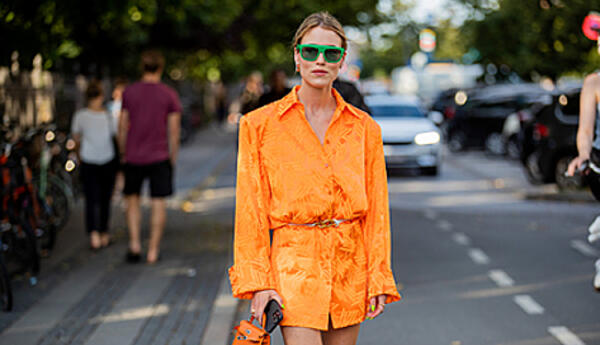
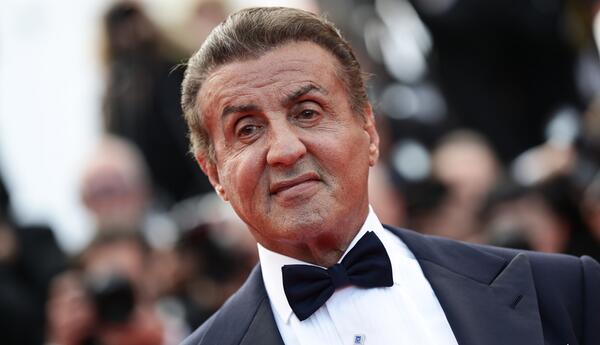
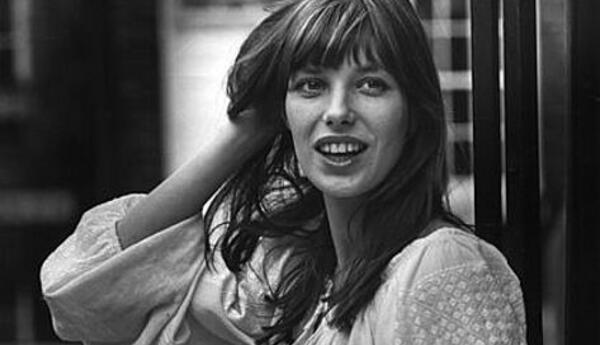


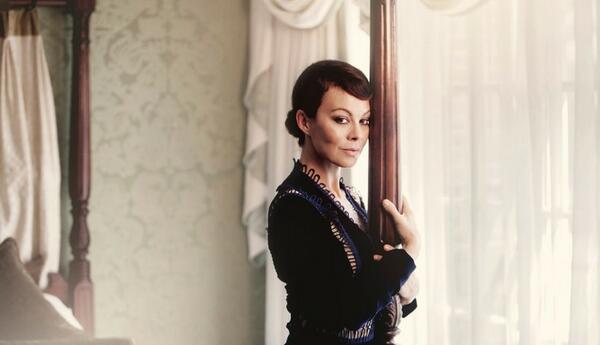
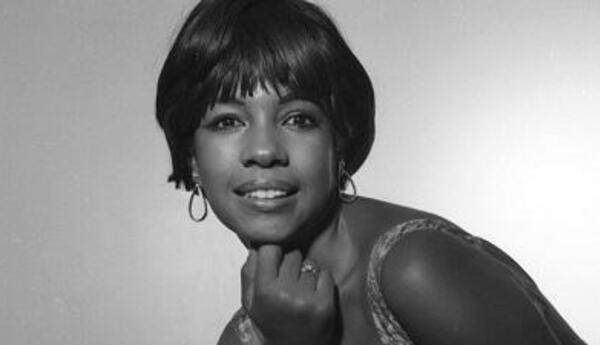





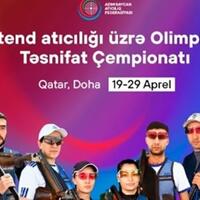
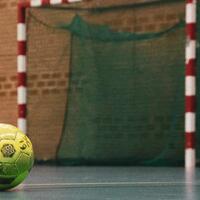



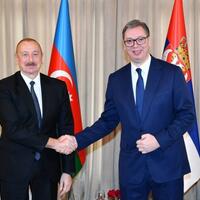


 USD
USD
 EUR
EUR GBP
GBP RUB
RUB